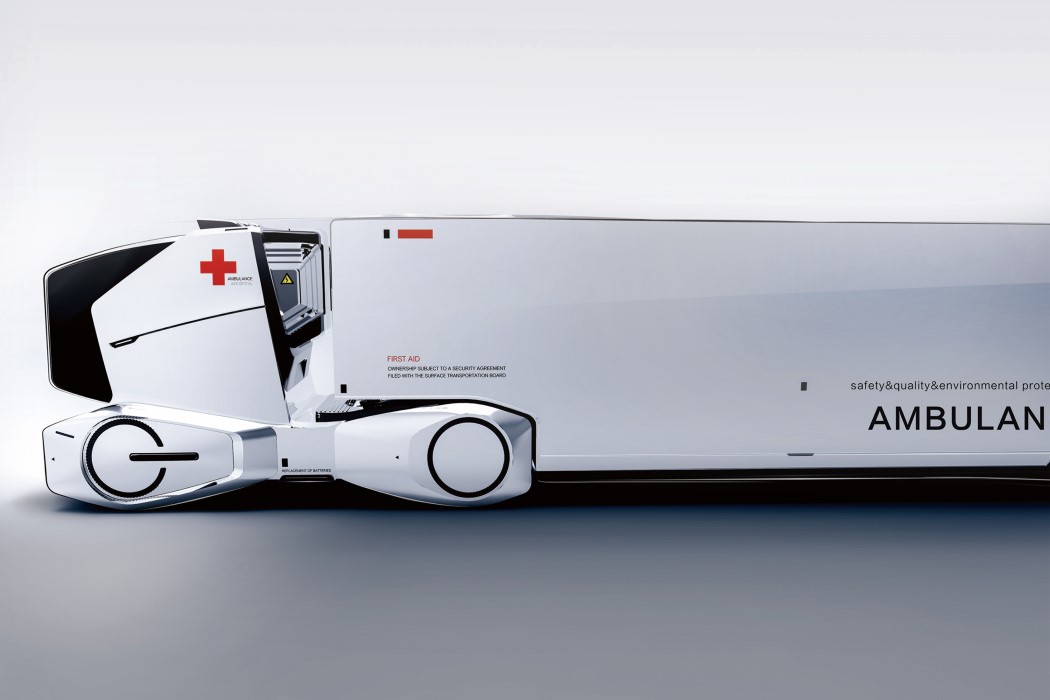
Think about it. When you deploy an ambulance, you’re essentially making two trips. One, to the patient, and the second, to the hospital after collecting the patient. This 2x journey is often the difference between life and death, and a problem that the Life Knight wants to solve.
Designed to be deployed in areas with no access to medical care, i.e., disaster-struck zones or medically underdeveloped areas, the Life Knight is a moving hospital that reaches its destination and opens up into a full-fledged emergency room that can cater to more than one patient. Its body can be expanded—an inner crane structure extends outwards to create a makeshift hospital with 26 wards and an operating room fully equipped to meet the basic needs for treating mild to moderate injuries. Instead of driving patients to the hospital and wasting crucial time, the Life Knight brings the facilities of the hospital directly to its patients, halving the treatment time, and saving a lot of lives.
The Life Knight is a winner of the Red Dot Design Concept Award for the year 2019.
Designers: Prof. Baojun Li, Prof. Mingliang Song & Zhifei Tian
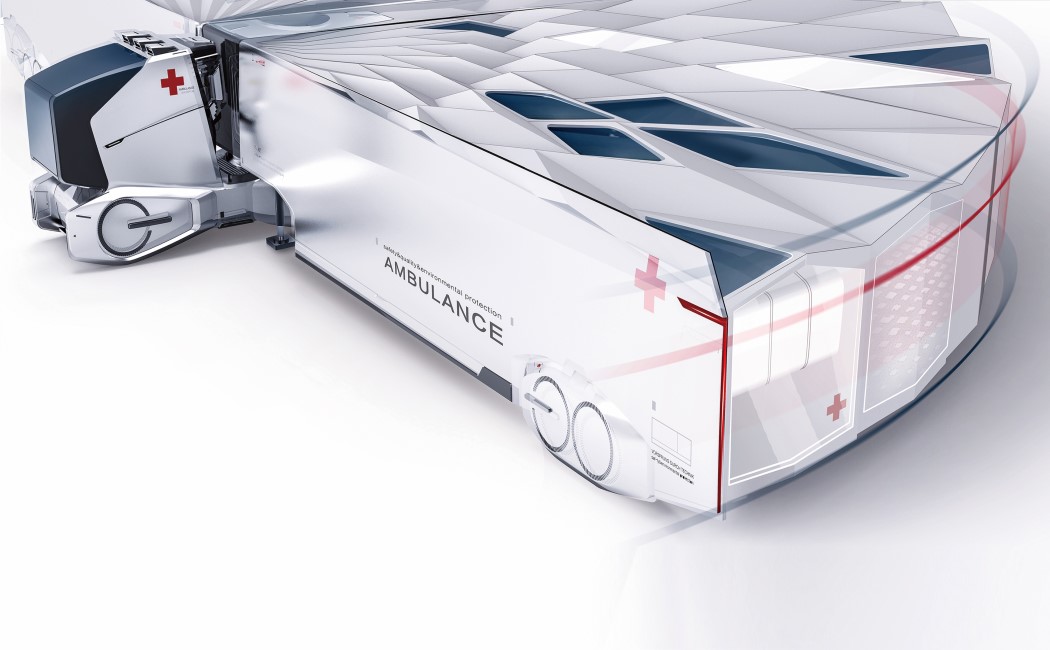
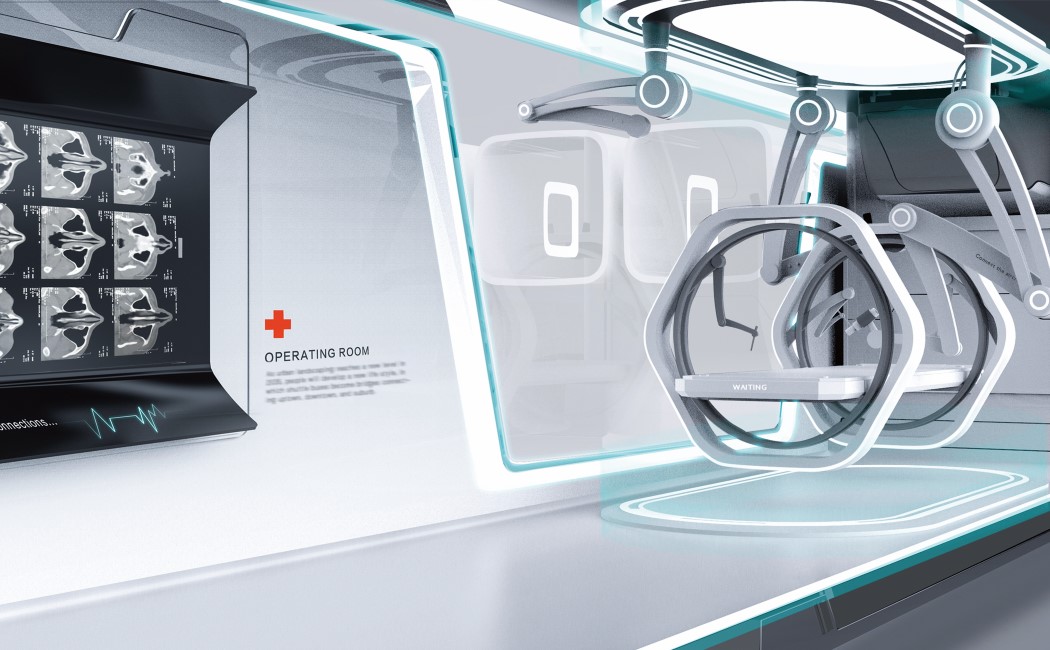
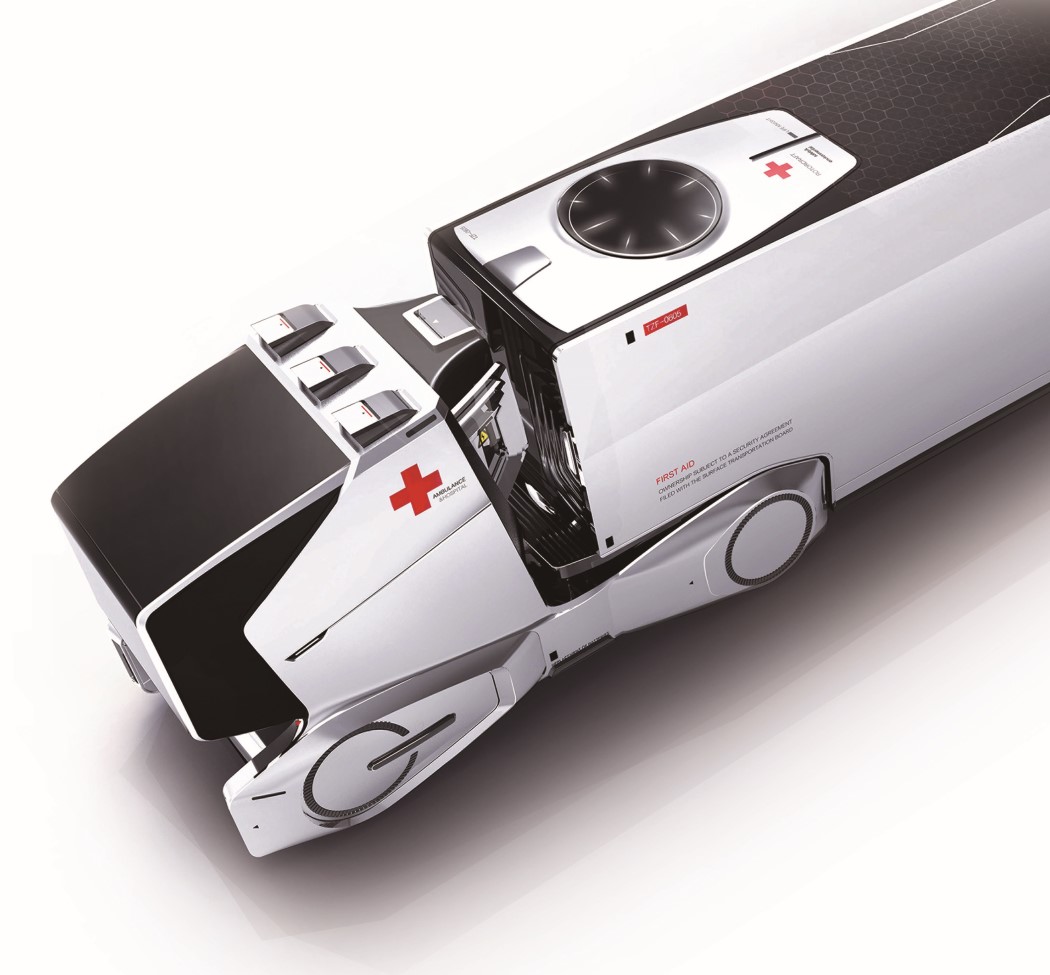
 In Nagoya, Japan, a city that once held an entire museum dedicated to robotics, a hospital will soon add robots developed by Toyota to its medical staff. No, they won't be scrubbing in for surgery: In February, the Nagoya University Hospital will dep...
In Nagoya, Japan, a city that once held an entire museum dedicated to robotics, a hospital will soon add robots developed by Toyota to its medical staff. No, they won't be scrubbing in for surgery: In February, the Nagoya University Hospital will dep...
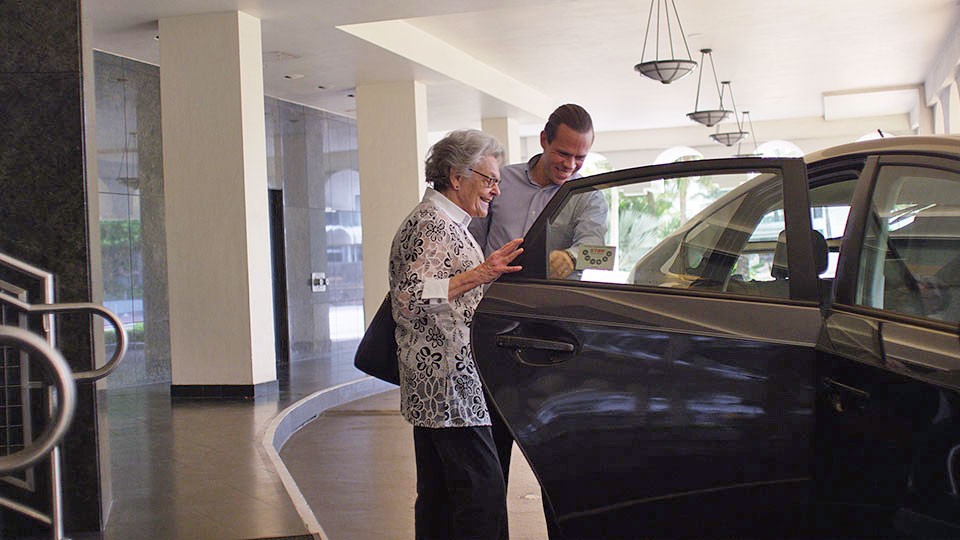 Lyft has teamed up with Circulation to provide on-demand non-emergency medical transportation to over 1,000 healthcare facilities across the country. Circulation launched last year and it allows hospitals and other medical facilities to schedule one-...
Lyft has teamed up with Circulation to provide on-demand non-emergency medical transportation to over 1,000 healthcare facilities across the country. Circulation launched last year and it allows hospitals and other medical facilities to schedule one-...
 Hospital-acquired infections are a pesky problem and around one in 25 hospital patients have at least one healthcare-associated illness at any given time. To combat this issue, a research team based at Stanford University turned to depth cameras and...
Hospital-acquired infections are a pesky problem and around one in 25 hospital patients have at least one healthcare-associated illness at any given time. To combat this issue, a research team based at Stanford University turned to depth cameras and...
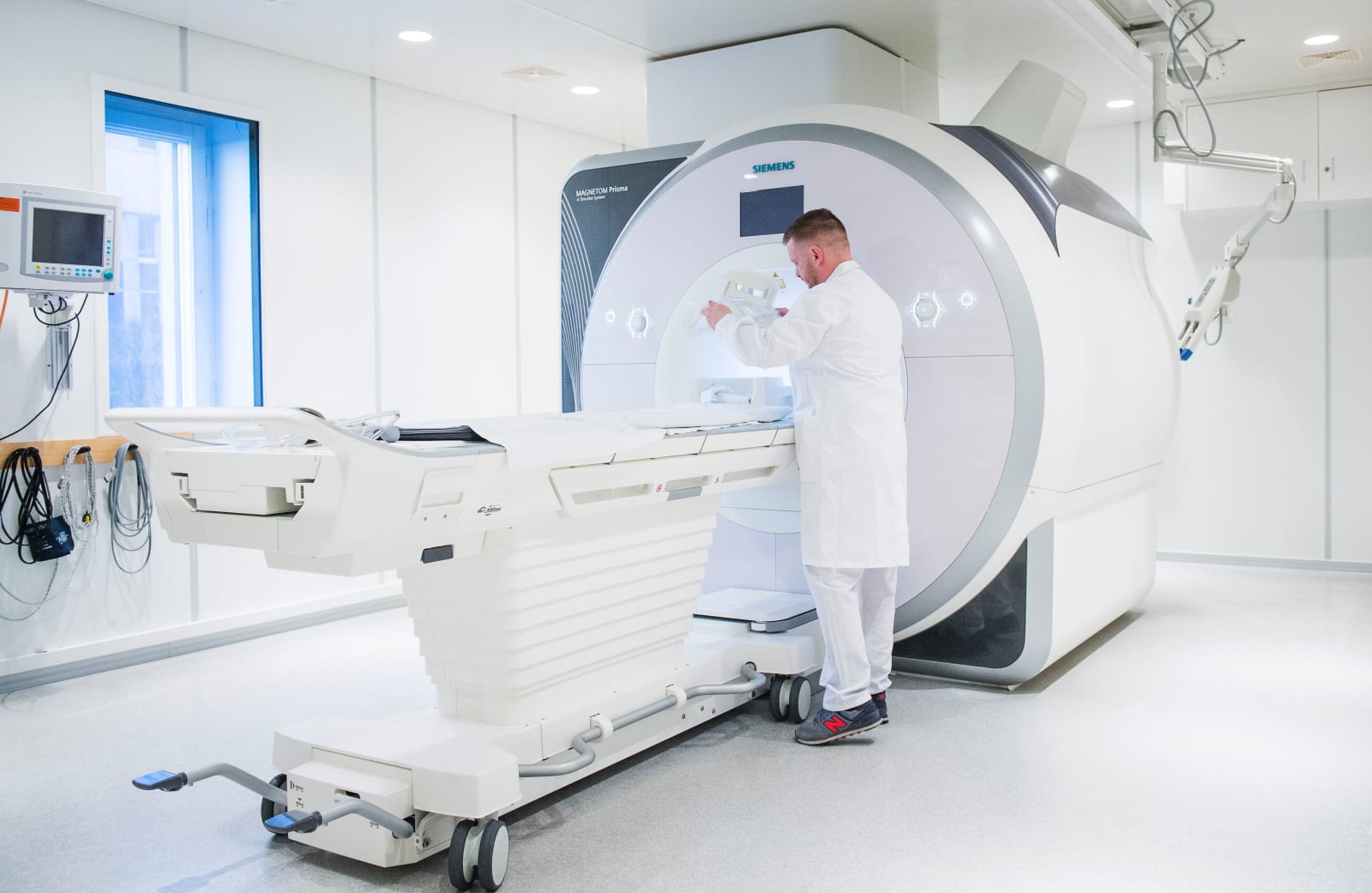 Entering a magnetic resonance imaging (MRI) machine can be a nerve-wracking experience. You're trapped in a tight space and have to lie perfectly still as loud noises -- produced by the current in the scanner coils -- pepper your eardrums. To help pa...
Entering a magnetic resonance imaging (MRI) machine can be a nerve-wracking experience. You're trapped in a tight space and have to lie perfectly still as loud noises -- produced by the current in the scanner coils -- pepper your eardrums. To help pa...
 Bedsores, also known as pressure ulcers, kill more people annually than nearly any form of cancer, with 500,000 cases per year in the United Kingdom alone. One problem doctors and nurses face in the fight against bedsores is early detection -- tradit...
Bedsores, also known as pressure ulcers, kill more people annually than nearly any form of cancer, with 500,000 cases per year in the United Kingdom alone. One problem doctors and nurses face in the fight against bedsores is early detection -- tradit...
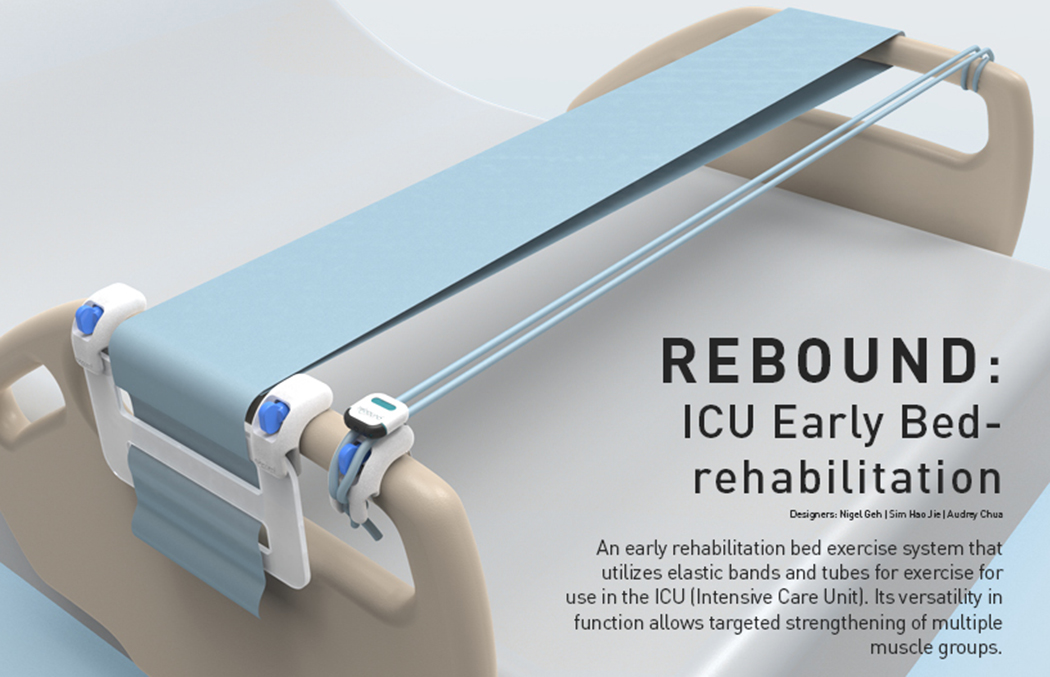
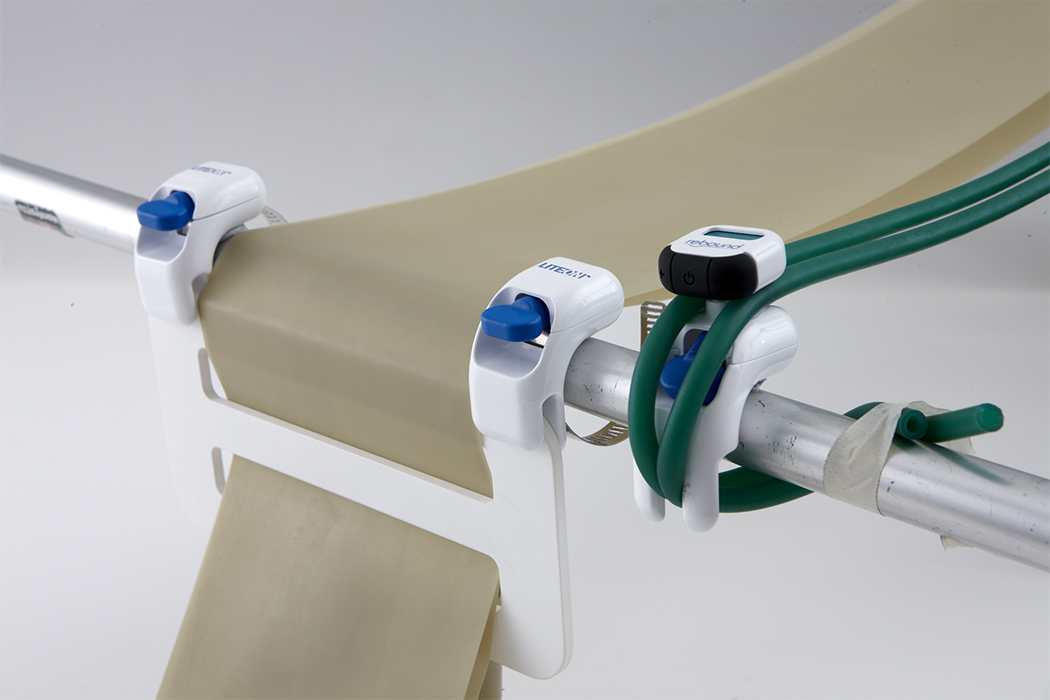
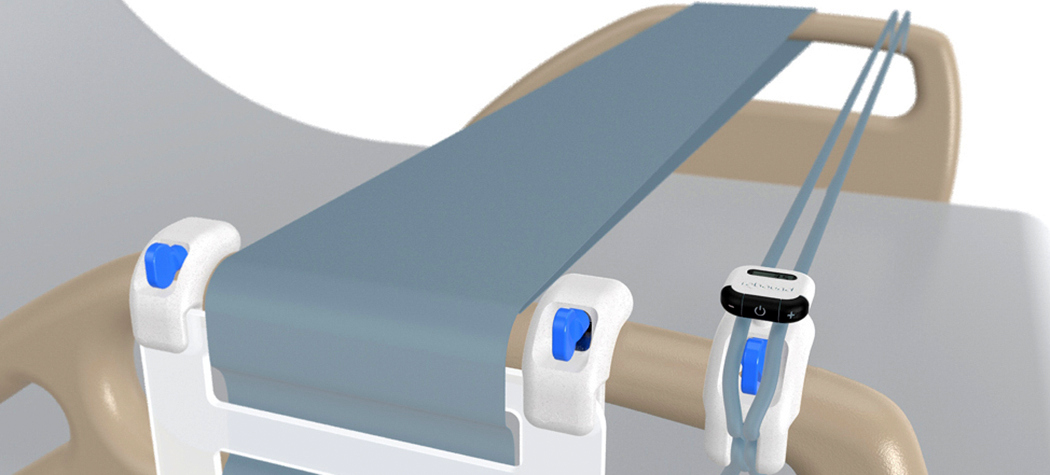




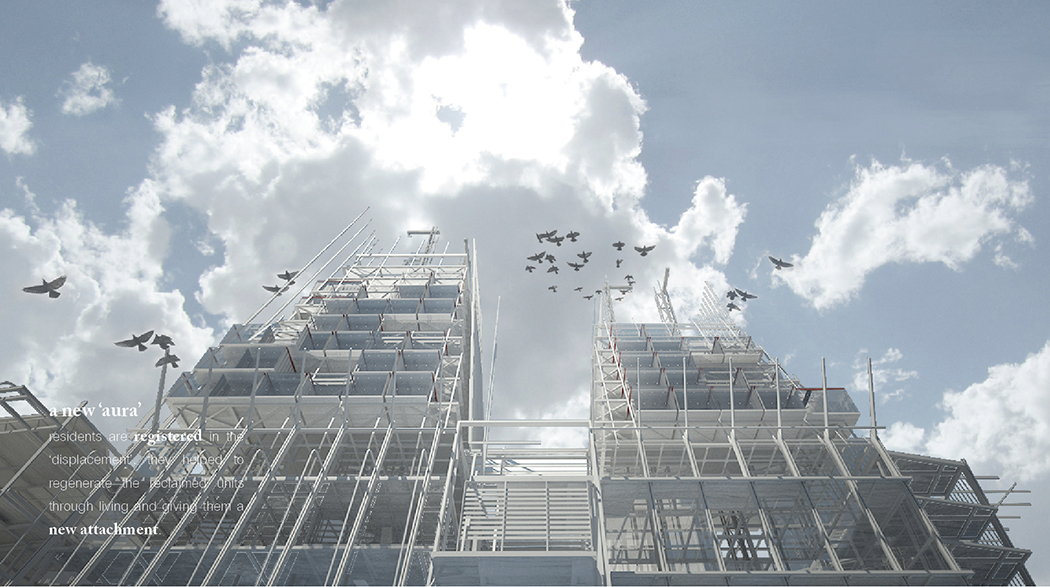
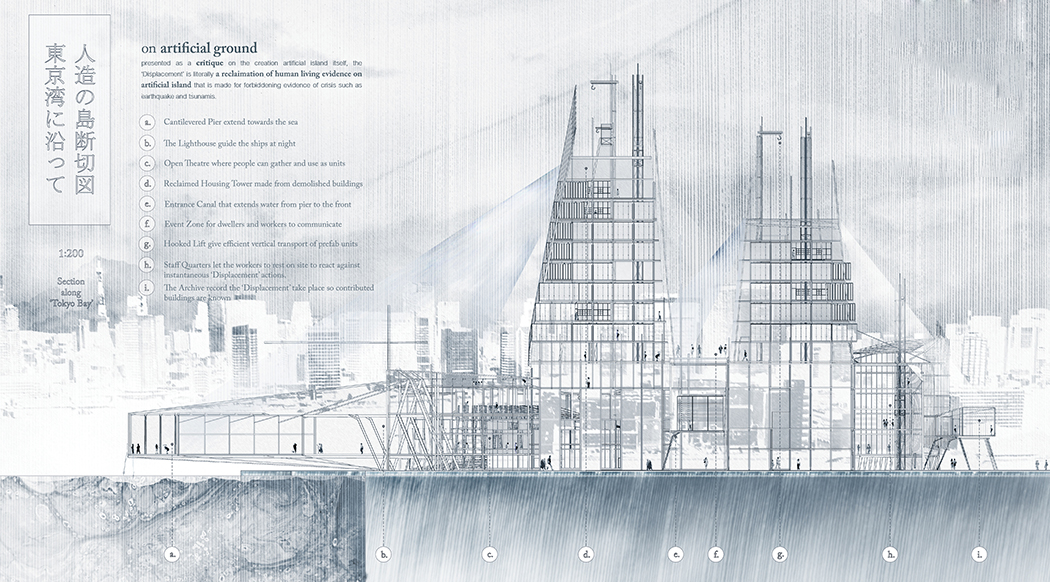
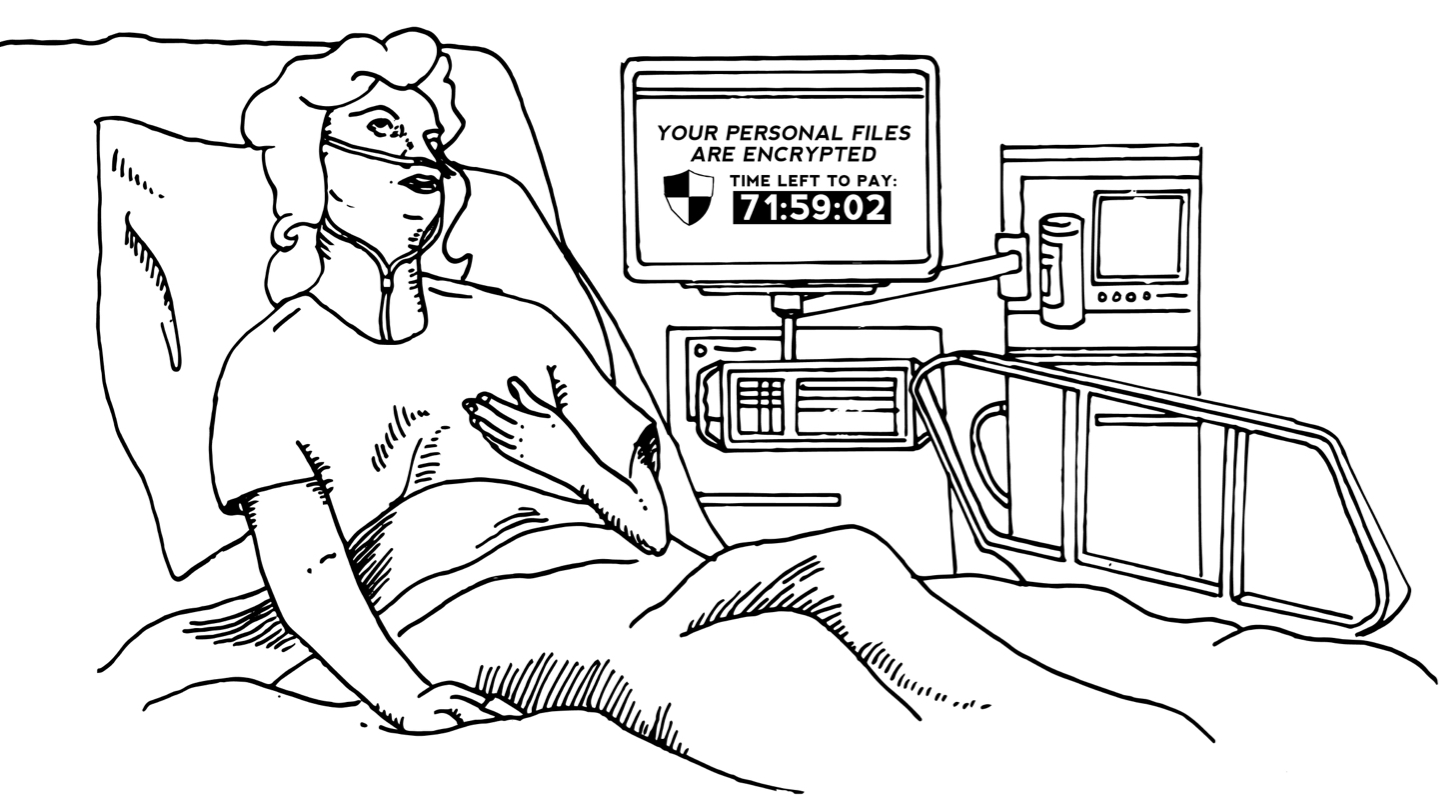 If you had a loved one in the Hollywood Presbyterian Medical Center during its recent ransomware siege, would you be mad at the digital extortionists or the hospital? For me, the answer would be both.
Hollywood Presbyterian declared a state of emerg...
If you had a loved one in the Hollywood Presbyterian Medical Center during its recent ransomware siege, would you be mad at the digital extortionists or the hospital? For me, the answer would be both.
Hollywood Presbyterian declared a state of emerg...
 An purported member of online activist group Anonymous was arrested by the FBI in Miami after a Disney cruise ship rescued him and his wife from a sailboat near Cuba. As NBC reports, the FBI had been investigating Martin Gottesfeld since October 2014...
An purported member of online activist group Anonymous was arrested by the FBI in Miami after a Disney cruise ship rescued him and his wife from a sailboat near Cuba. As NBC reports, the FBI had been investigating Martin Gottesfeld since October 2014...